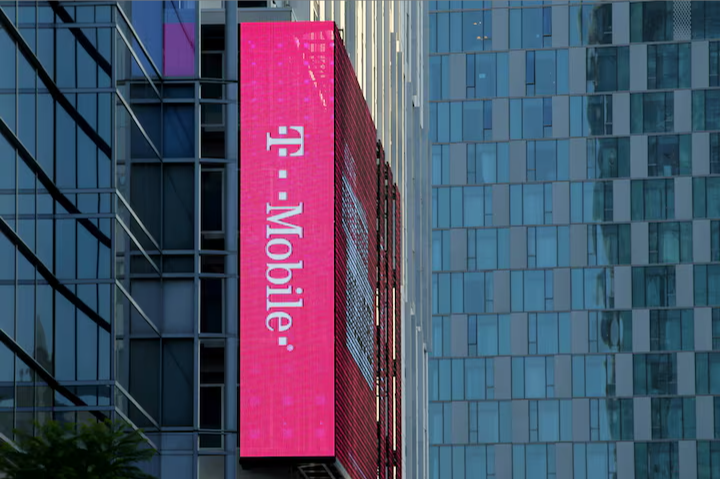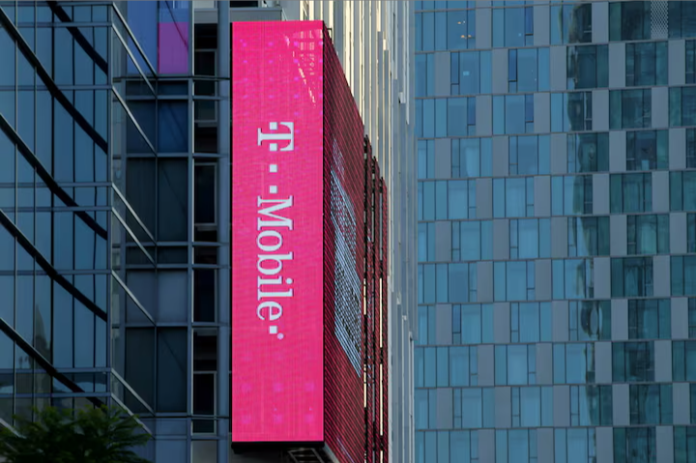T-Mobile and SpaceX’s Starlink have officially launched large-scale testing of their satellite-to-cell service, marking a significant leap toward eliminating mobile dead zones. The U.S. telecom giant aims to extend coverage to remote and rural areas where traditional cell towers fail to reach, revolutionizing connectivity in the process.
A Game-Changer for Mobile Coverage
T-Mobile announced on Sunday that the beta phase of its satellite-based service has begun, allowing users to send text messages via satellite. The service is expected to expand to include voice and data capabilities later this year. This ambitious move could transform the mobile industry by merging satellite technology with conventional cellular networks to ensure uninterrupted coverage nationwide.
According to T-Mobile, over 500,000 square miles of the U.S. currently lack reliable cell service. With this initiative, those areas can stay connected without the need for additional infrastructure. The trial phase will be free until July, after which it will be integrated into T-Mobile’s premium Go5G Next plan at no extra cost. For customers on other plans, the service can be added for $15 per month once it becomes commercially available this summer.
Super Bowl Announcement and Competitive Edge
The announcement was made during the Super Bowl, underscoring the scale of the initiative. Customers who sign up for the trial will receive a 33% discount when the service officially launches.
T-Mobile has been aggressively expanding its coverage, particularly in smaller towns and rural areas, which has led to industry-leading customer growth. This new satellite service could give the company a stronger competitive edge over rivals like AT&T and Verizon by offering connectivity where traditional networks struggle.
Mike Katz, T-Mobile’s president of marketing, strategy, and products, emphasized the uniqueness of the service. “This is something that nobody else in the U.S. has done. One of the standout features of our network is that it works with almost all smartphones from the last four years,” Katz said in an interview with Reuters.
Partnership with Apple and Google

T-Mobile has also collaborated with Apple and Google to ensure the service is seamlessly integrated into their operating systems. This means iPhone and Android users will have native support for satellite connectivity without needing additional hardware or apps.
Interestingly, T-Mobile is extending its Starlink-powered service to all wireless users, including customers of AT&T and Verizon. This means users of competing networks can opt for T-Mobile’s satellite service without switching providers, a strategic move that could attract millions of new customers.
The Future of Satellite Mobile Connectivity
The integration of satellite technology into mainstream mobile services is a game-changer. While companies like Apple have already introduced emergency satellite messaging on iPhones, T-Mobile’s approach is broader, aiming for everyday use.
With demand for global connectivity growing and 5G infrastructure still expanding, satellite-based networks could become a major part of the future of mobile communication. As the beta test rolls out, it remains to be seen how competitors will respond and whether this service will set a new industry standard.



